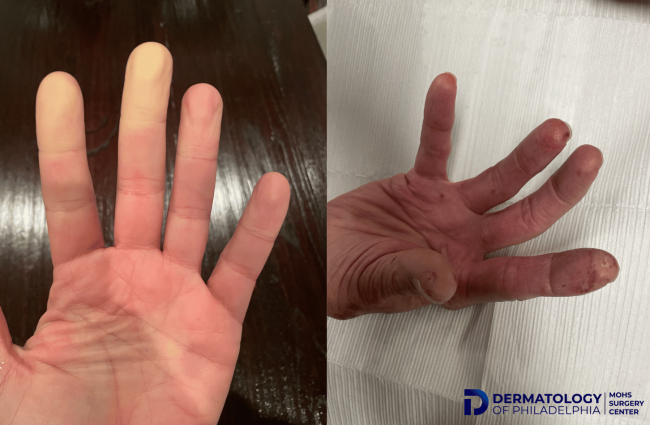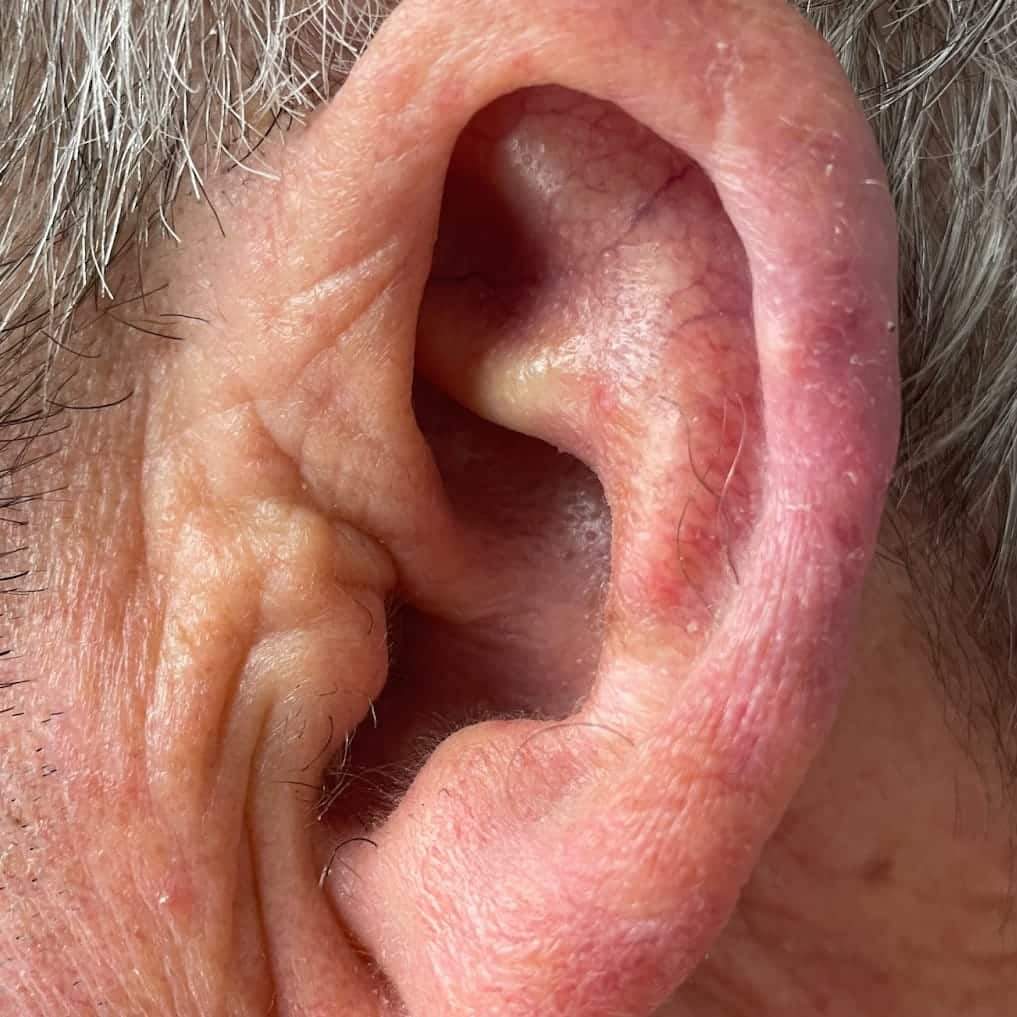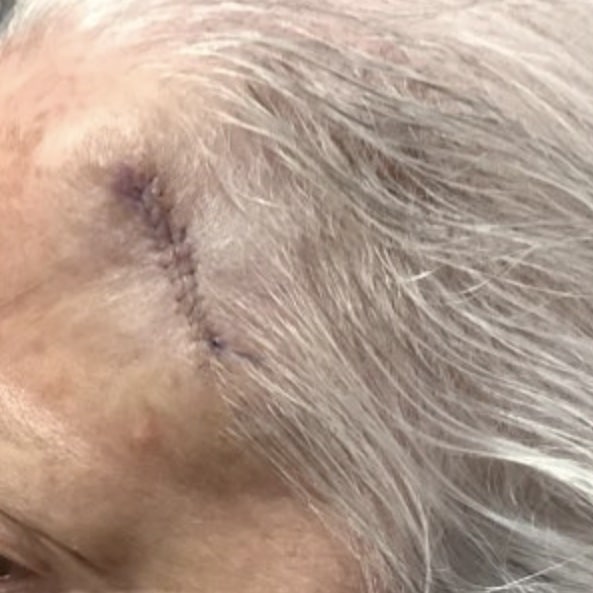In cold weather your fingers and toes may be a kind of barometer for just how cold it is outside. Exposure to cold weather and temperatures is the major trigger for Raynaud’s. Raynaud’s disease is a painful condition that affects blood circulation, particularly in the fingers and toes.
What does Raynaud’s Disease Look and Feel Like?
Raynaud’s disease starts when the blood vessels in the fingers and toes go into spasm and constrict. During an attack, fingers usually feel cold, numb, swollen, and painful. Pretty quickly, the color in your fingers becomes white. There is usually a sharp demarcation in color between the portion of the finger that isn’t in vasospasm compared to the parts that are. This usually resets quickly once your fingers are warmed up again. However, with repetitive and prolonged outbreaks, the fingers may stay more blue and develop red spots and even small ulcerations.
Why Does Raynaud’s Happen?
In cold weather, the body’s natural response is to try to keep your core body temperature warm by constricting the blood vessels in your fingers and toes. During a flare, your body is trying to send less of its precious warm blood to your fingers and toes so it can conserve heat for other parts of your body. Your body thinks it is more important to protect your core organs from the cold than keep your fingers warm!
How Serious is Raynaud’s?
Raynaud’s disease is usually not a serious condition, but it is uncomfortable and if it keeps happening, can interfere with daily activities. In some cases, it may be associated with other underlying conditions, such as autoimmune diseases. When the symptoms occur in the presence of other diseases, the more accurate term for the condition is ‘Raynaud’s phenomenon’ instead of ‘Raynaud’s disease’. It’s best to have your symptoms evaluated by a board-certified dermatologist to determine if your symptom pattern is concerning for an underlying disease. Your dermatologist will look for clues in and around the nail cuticle and sometimes blood tests are needed to help sort out if your symptoms are linked to an underlying disease.
What To Do During a Raynaud’s Attack?
-
- Go indoors and warm the fingers.
- Move those fingers and toes. Start with wiggling the fingers and toes. Try some massage. Another way to “break” an attack is to swing your arm in a wide circle from the shoulder– a maneuver some experts have described as a “windmill maneuver.”
- Place your hands under your armpits.
- Run warm, but not hot, water over your fingers.
What Can You Do To Prevent Raynaud’s Outbreaks?
-
- Dress warmly: Wear gloves, a hat, and a coat when you go outside in cold weather to keep you warm.
- Living in a warm climate can help: Obviously easier said than done for many suffering with Raynaud’s, but what you can do is avoid sudden temperature changes- avoid going from a warm environment to a cold one too quickly.
- Do not smoke! Smoking is absolutely contraindicated in people who develop Raynaud’s. Smoking causes vasoconstriction, the last thing someone with Raynaud’s needs.
- Use hand warmers: Hand warmer packets inside mittens or pockets can help keep your hands warm when outside.
- Manage stress: Add Raynaud’s to the list of ailments that can be worsened by stress.
Can Raynaud’s Syndrome Be Treated?
For some, basic preventive measures and maneuvers aren’t enough to stop frequent Raynaud’s flares. For those, there are helpful treatments including a common class of blood pressure medications called “calcium channel blockers” and “vasodilators.” These medications work by relaxing the smooth muscle cells in the walls of blood vessels, which allows the blood vessels to dilate and increases blood flow. This can help to reduce the frequency and severity of attacks of vasospasm in people with Raynaud’s disease.
Calcium channel blockers are usually taken orally, and they may be used alone or in combination with other medications. It is important to follow your healthcare provider’s instructions for taking these medications, as they can have side effects and may interact with other medications you are taking.
If you are experiencing any of these symptoms or are concerned you may have Raynaud’s Syndrome, schedule an appointment with one of our board-certified dermatologists today.





